How Do Lovebirds Breed: A Comprehensive Guide
Introduction
Lovebirds are among the most fascinating species of parrots, known for their vibrant personalities and strong pair bonds. For bird enthusiasts, breeding lovebirds can be a rewarding and educational experience.
However, it requires careful planning, the right environment, and a solid understanding of the lovebirds’ natural breeding habits.
In this comprehensive guide, we’ll explore the ins and outs of lovebirds breeding, from choosing the right pair to caring for hatchlings.
Understanding Lovebirds Breeding Behavior
Natural Breeding Behavior of Lovebirds
Before embarking on lovebirds breeding, it’s important to understand their natural behavior.
Monogamy and Bonding in Lovebirds
Lovebirds are monogamous, forming strong bonds with their mates, often lasting a lifetime. Once a pair has bonded, they engage in mutual grooming, feeding, and staying close to one another.
Seasonal Factors for Breeding
Lovebirds typically breed during warmer months, when food is abundant, and they feel secure. In captivity, however, breeding can occur year-round as long as the conditions are favorable.
By mimicking their natural environment, you can encourage your lovebirds to breed successfully.
Selecting the Right Lovebirds for Breeding
Characteristics of a Healthy Breeding Pair
One of the most crucial steps in lovebirds breeding is selecting a healthy and compatible pair. It’s essential to choose a pair that is in optimal health. Both birds should have clear eyes, vibrant feathers, and an active demeanor.
Avoid lovebirds that show signs of illness or lethargy, as this could hinder successful breeding.
Signs of a Bonded Pair
Look for a pair that displays bonding behaviors, such as preening each other, sitting close, and feeding one another.
Age and Maturity for Breeding
Lovebirds should be at least 10 to 12 months old before breeding, as younger birds may not be fully matured physically or mentally.
Preparing for Lovebirds Breeding
Cage Setup for Breeding:
Creating the ideal environment is vital for lovebirds breeding. A large, spacious cage is recommended, allowing the pair to move freely and reduce stress.
The cage should be placed in a quiet area where the birds won’t feel threatened by sudden movements or loud noises.
Importance of a Nest Box:
One of the key elements of lovebirds breeding is providing a proper nest box. Lovebirds prefer wooden nest boxes, typically 12×12 inches, where they can lay their eggs.
Line the nest with soft materials like shredded paper or natural fibers to make it comfortable.
Creating a Stress-Free Environment:
Ensure that the cage is equipped with clean water, perches, and a variety of toys to keep the birds entertained. A stress-free environment is essential for encouraging lovebirds to mate.
Diet and Nutrition During Breeding
Protein-Rich Foods for Breeding Lovebirds
A nutritious diet plays a vital role in successful lovebirds breeding. During the breeding season, lovebirds require a high-protein diet to support their energy needs and overall health.
Protein-Rich Foods: Incorporate seeds, pellets, and protein-rich foods such as boiled eggs or mealworms into their diet.
Calcium Supplements and Fresh Vegetables
Calcium supplements are also essential, especially for female lovebirds, to support healthy egg production and prevent conditions like egg binding.
In addition to protein, offer fresh fruits and vegetables, including leafy greens, carrots, and berries, which are rich in vitamins and minerals that contribute to successful lovebirds breeding.
The Mating Process
Once the conditions are right and the lovebirds are bonded, the mating process begins.
Courtship Rituals in Lovebirds
Lovebirds engage in courtship rituals, such as singing to each other, preening, and the male feeding the female to show his affection.
Mating Behaviors and Frequency
When the female is ready, she will allow the male to mount her, leading to mating. Lovebirds typically mate several times over a few days, which increases the chances of successful fertilization.
Egg Laying and Incubation
Number of Eggs and Laying Process
After mating, the female lovebird will lay eggs, usually between 3 to 5 eggs per clutch. The eggs are laid every other day, and the female will start incubating after the second or third egg is laid. The incubation period lasts about 21 to 23 days.
Incubation Period and Parental Roles
Both the male and female play roles in the breeding process. While the female primarily incubates the eggs, the male will provide food and guard the nest to ensure the safety of the eggs.
Caring for Hatchlings
Feeding and Early Development
Once the eggs hatch, the real challenge of lovebirds breeding begins. The hatchlings are born blind and helpless, relying entirely on their parents for warmth and nourishment.
The female will feed the hatchlings a regurgitated mixture of food that is rich in nutrients, ensuring their growth.
Monitoring Healthy Growth in Chicks
It’s essential to monitor the chicks for signs of healthy development. Their feathers will begin to grow within a week, and by the third week, their eyes will open. During this time, it’s important to avoid disturbing the nest frequently, as this could stress the parents and cause them to abandon the chicks.
Potential Challenges in Lovebirds Breeding
Infertility Issues
Like any breeding process, lovebirds breeding comes with potential challenges. One of the most common issues is infertility, where eggs fail to hatch. This could be due to improper diet, stress, or poor health of the parents.
Egg Binding and Prevention
Another challenge is egg binding, a condition where the female is unable to lay her egg due to calcium deficiency or lack of exercise. Providing a balanced diet with calcium supplements can help prevent this issue.
Managing Aggression During Breeding
Aggression is another concern, especially during the breeding season. Some lovebirds may become territorial and aggressive, even toward their mates. It’s important to observe their behavior and separate the pair if necessary to prevent injuries.
Conclusion
Lovebirds breeding is a rewarding experience for bird lovers, but it requires careful attention to detail and preparation. By selecting a healthy pair, providing the right environment, and offering a nutritious diet, you can successfully breed lovebirds and enjoy the process of raising new chicks.
Breeding lovebirds is not only a way to expand your flock but also a chance to witness the beauty of nature up close. Remember, patience and care are key to ensuring a smooth and successful lovebirds breeding process.
References
How To Breed Lovebirds: 13 Steps
Lovebirds Breeding Basics Explained



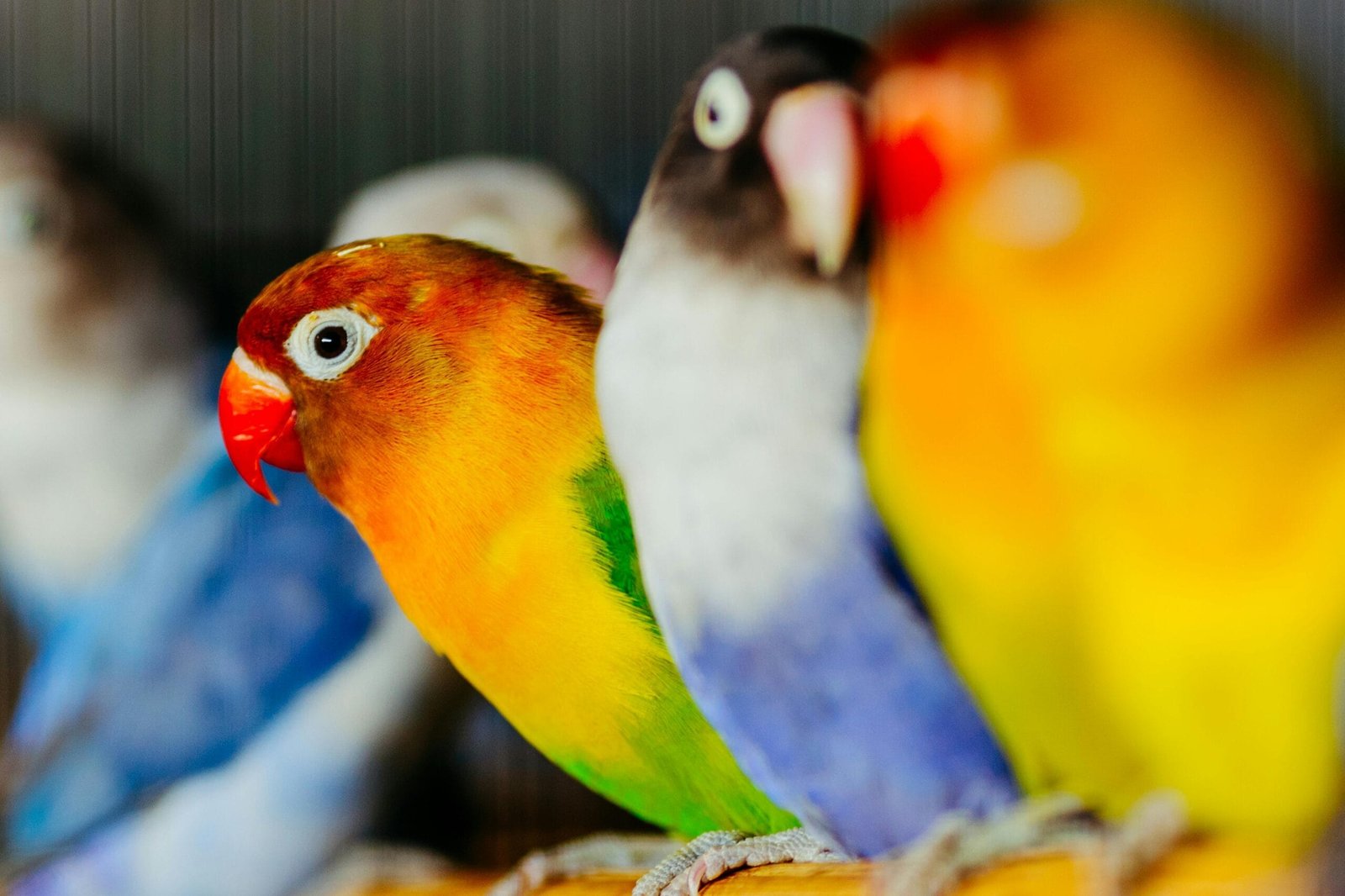
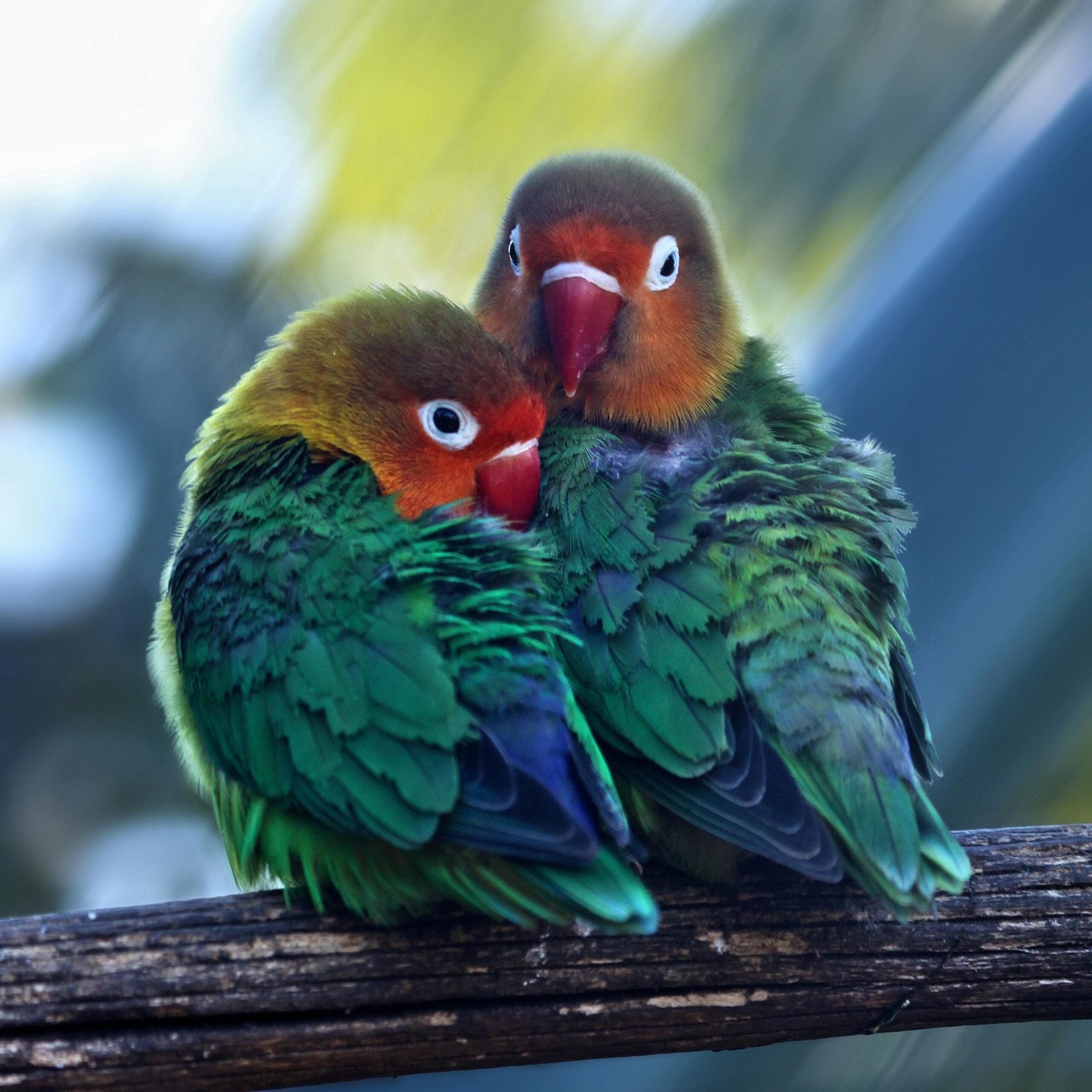
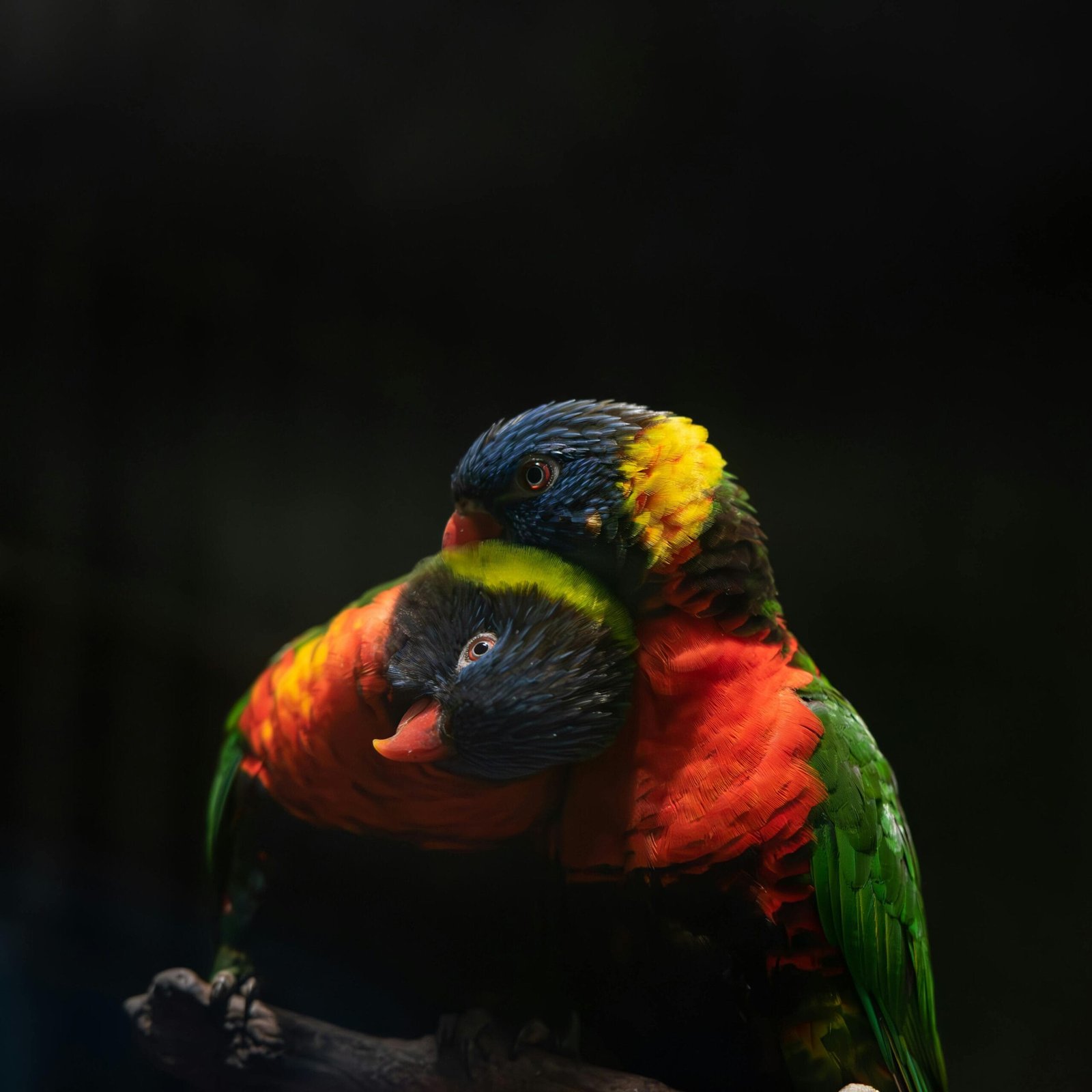
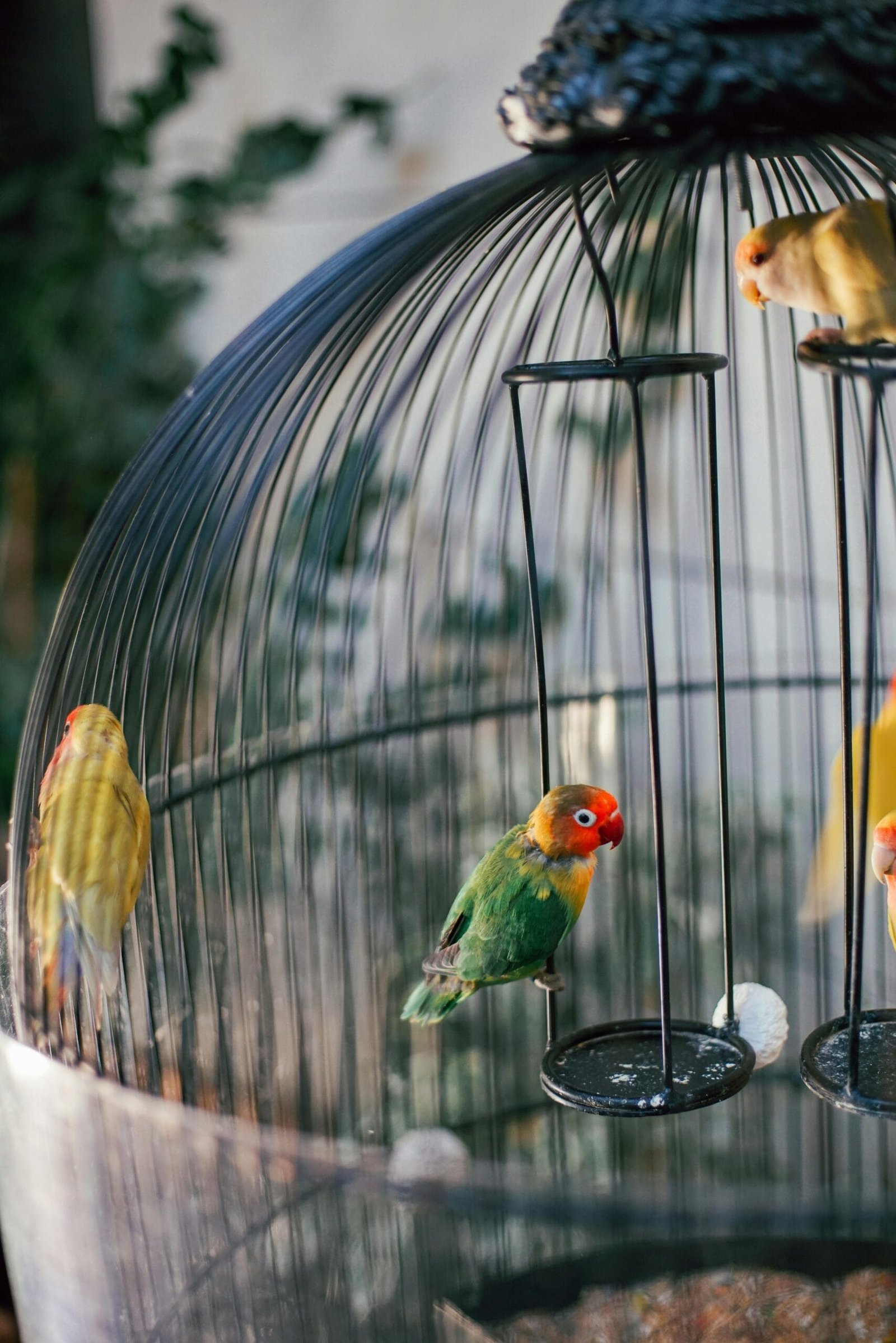
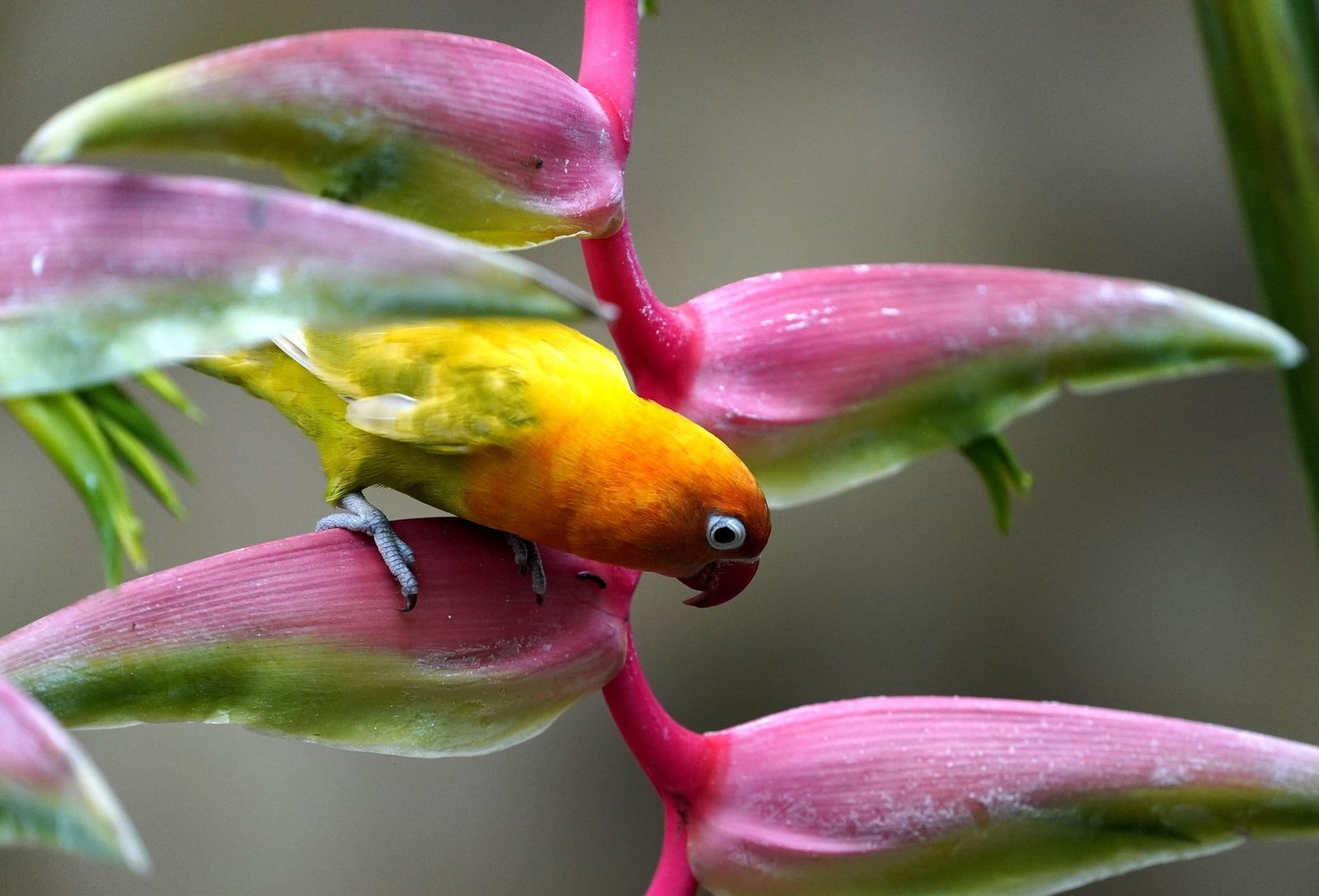
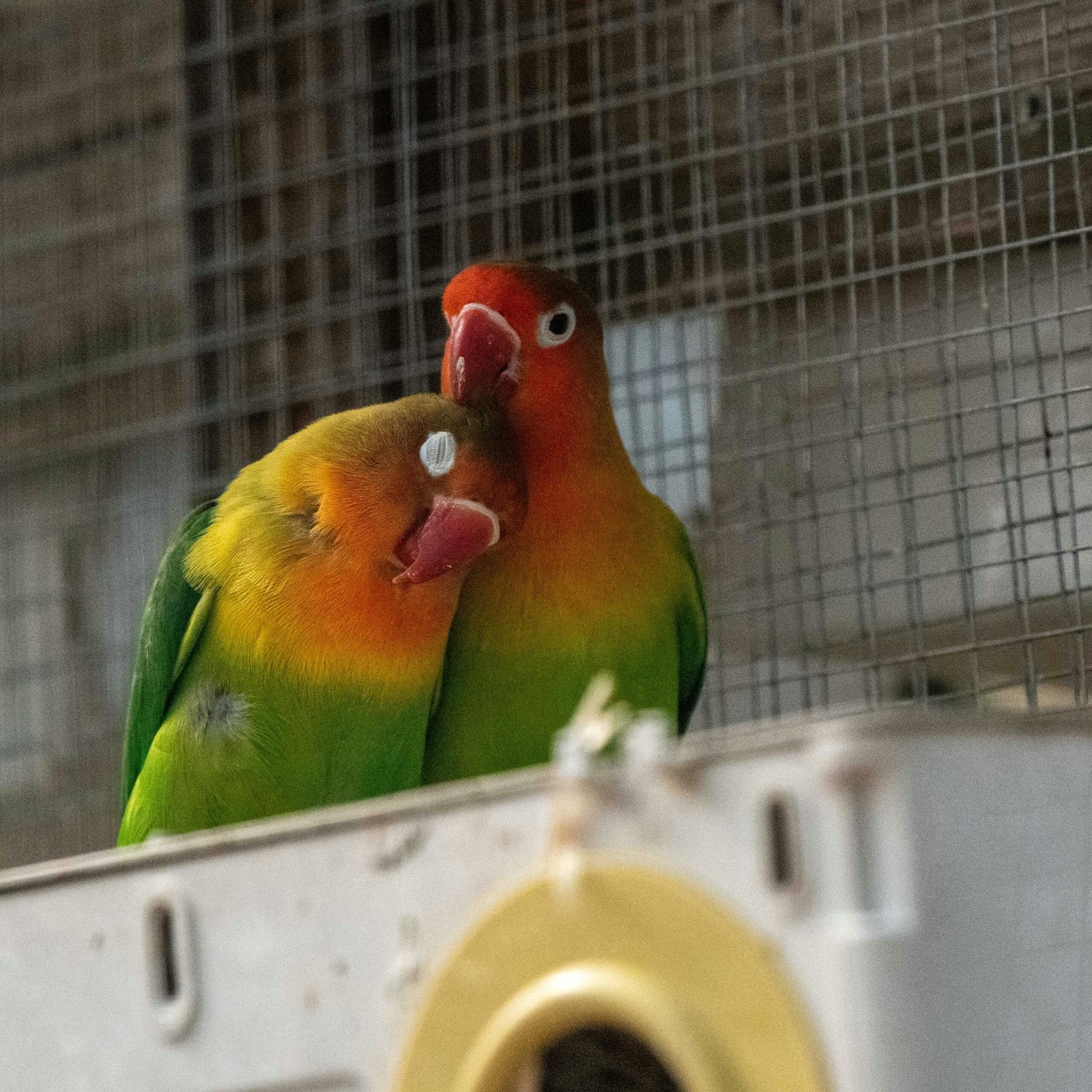


Pingback: How To Care For Canary Birds: Essential Tips For Happy, Healthy Pets | PETS LOVER BLOG